There can be your advertisement
300x150
How to Disinfect a Smartphone: Step-by-Step Guide
We explain why it's important to take care of your device's hygiene and how not to damage it during the cleaning process
To fight viruses, particularly the coronavirus infection COVID-19, Rospotrebnadzor recommends regularly disinfecting your mobile device. In their press office, they emphasized that a phone, which we practically never take out of our hands (in various places), can be one of the main sources of bacteria and viruses. We explain how to keep your smartphone clean and avoid damage during the process.
Wash Your Hands
The main recommendation you shouldn't forget is frequent handwashing. Before disinfecting your phone, make sure to wash your hands and then rinse them after each use of the phone. To eliminate bacteria, lather your hands for at least 20 seconds. Specialists recommend either counting the time or, for convenience, singing the well-known song Happy Birthday twice.
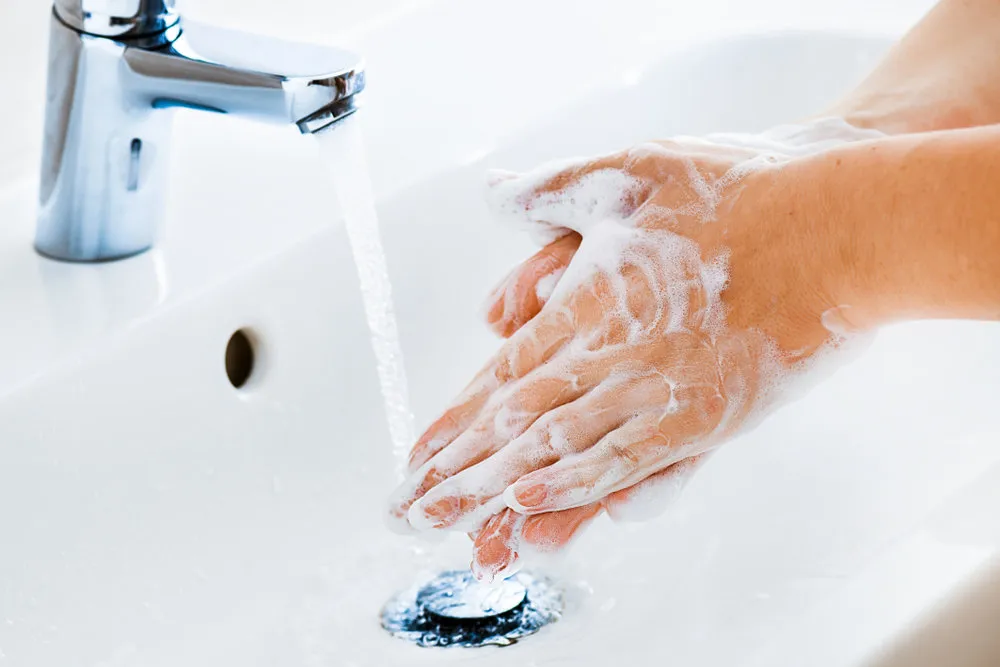
Use the Right Antiseptic
Secondly: regularly treat your phone with antiseptic products, especially in areas where the device's casing touches your face. If you have a case, remove it and treat it separately (it's better to go without one). For fighting influenza and respiratory viruses (and coronaviruses), alcohol-based wipes and gels are best. Among the most common products that effectively combat the coronavirus, ethyl and isopropyl alcohol, hydrogen peroxide, and sodium hypochlorite are effective. Chlorhexidine is more suitable for protection against bacteria but can be used in emergencies.
To avoid damaging speakers and other openings in the phone case (such as cracks on the screen), carefully treat the device with a lint-free wipe soaked in a disinfectant solution.
Important
The phone should be treated after every time you go out into the city and visit public places.
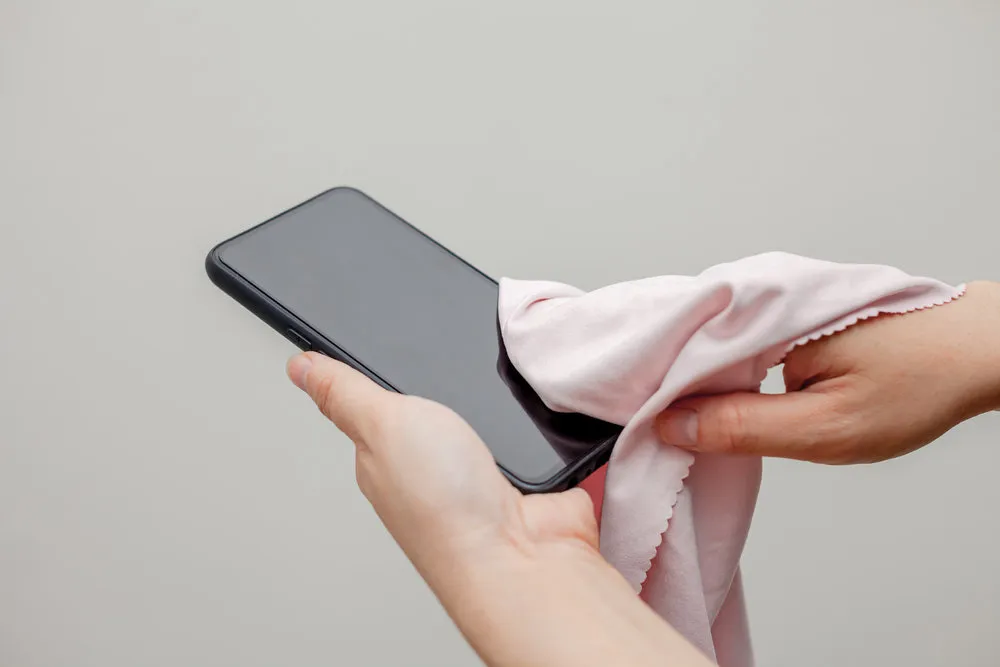
Don't Forget About the Case
The case of your device should be cleaned separately several times a day. Plastic, silicone, and metal models can be washed under water with soap or dishwashing liquid.
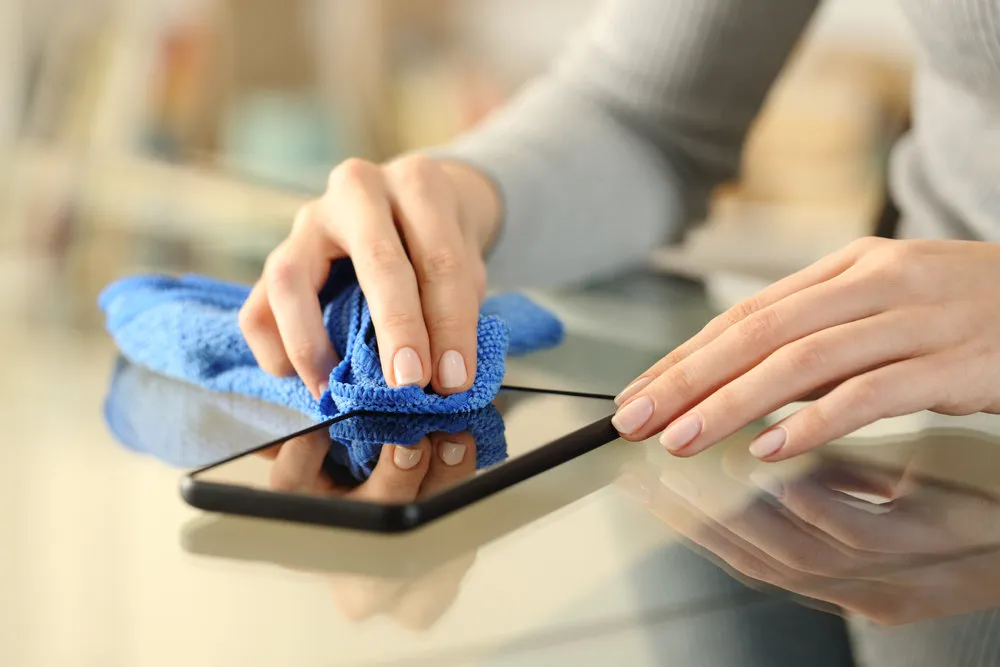
Don't Share the Device
On metal, glass, ceramic, and plastic surfaces, the coronavirus can survive for several days at room temperature. The virus usually settles on surfaces along with tiny droplets when an infected person coughs or touches objects such as door handles, elevator buttons, and more. That is why you shouldn't eat from shared dishes or pass the phone to others—even close family—without first disinfecting it.
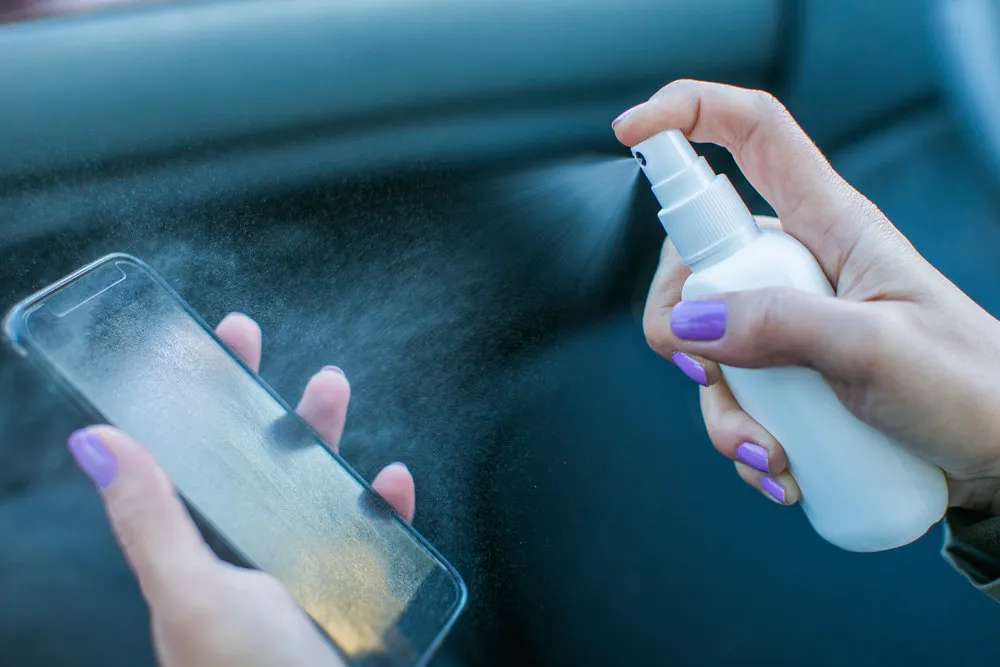
Try an Alternative
If you're not satisfied with chemical disinfection, consider alternative protection. The first option is to place your phone in a sealed polyethylene bag and dispose of the bag after each time you go out into the city. The second, more expensive option, is to buy a device that sterilizes your phone with ultraviolet light. For example, PhoneSoap is a device resembling a tanning bed for your phone. PhoneSoap cleans 99% of bacteria from your phone in just ten minutes. This portable sterilizer will serve you for many years.
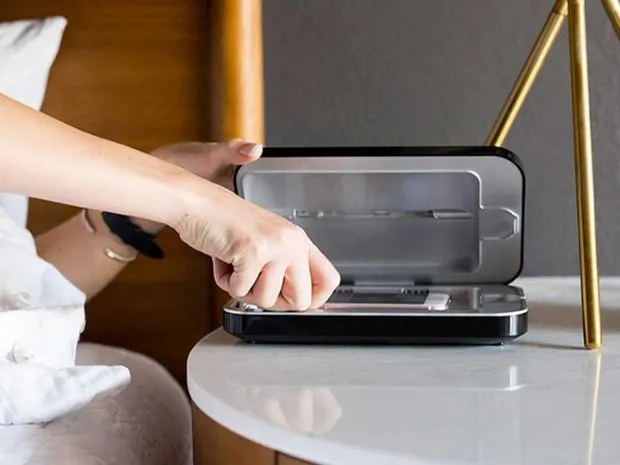
More articles:
 3 Cool DIY Ideas We Spotted on an American Blogger
3 Cool DIY Ideas We Spotted on an American Blogger In Trend: Decorating Apartment in Eco Style
In Trend: Decorating Apartment in Eco Style Want to Live Here: 7 Small Apartments in Stockholm
Want to Live Here: 7 Small Apartments in Stockholm 5 masculine apartments where you want to stay
5 masculine apartments where you want to stay Reconfiguration of a Studio Apartment for a Family with a Child
Reconfiguration of a Studio Apartment for a Family with a Child How to Transform a Cheap IKEA Table into a Luxury Item
How to Transform a Cheap IKEA Table into a Luxury Item How to Make an Interior Unique: Tips from Professionals
How to Make an Interior Unique: Tips from Professionals Unusual Scandinavian Design: Example from Sweden
Unusual Scandinavian Design: Example from Sweden